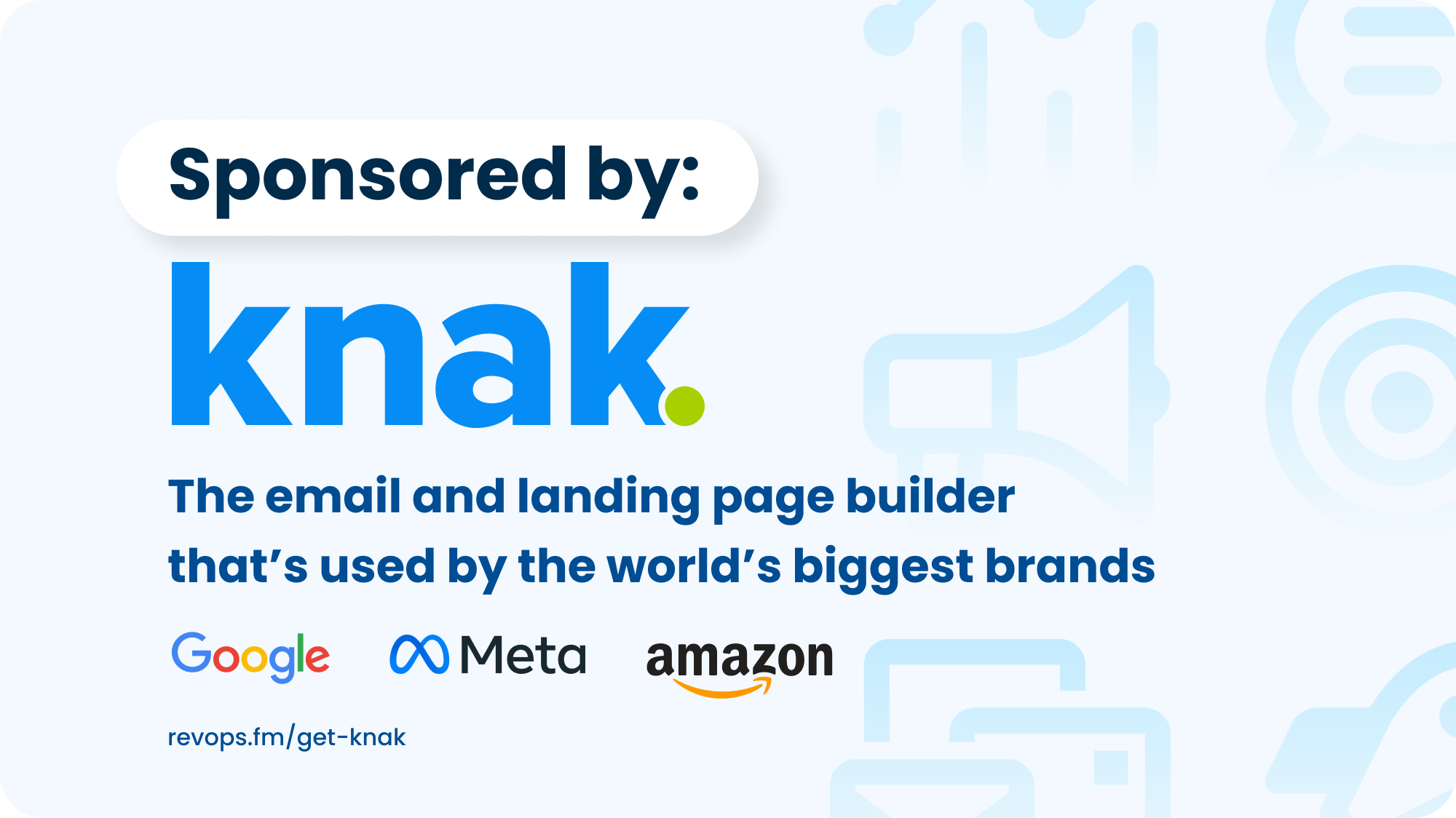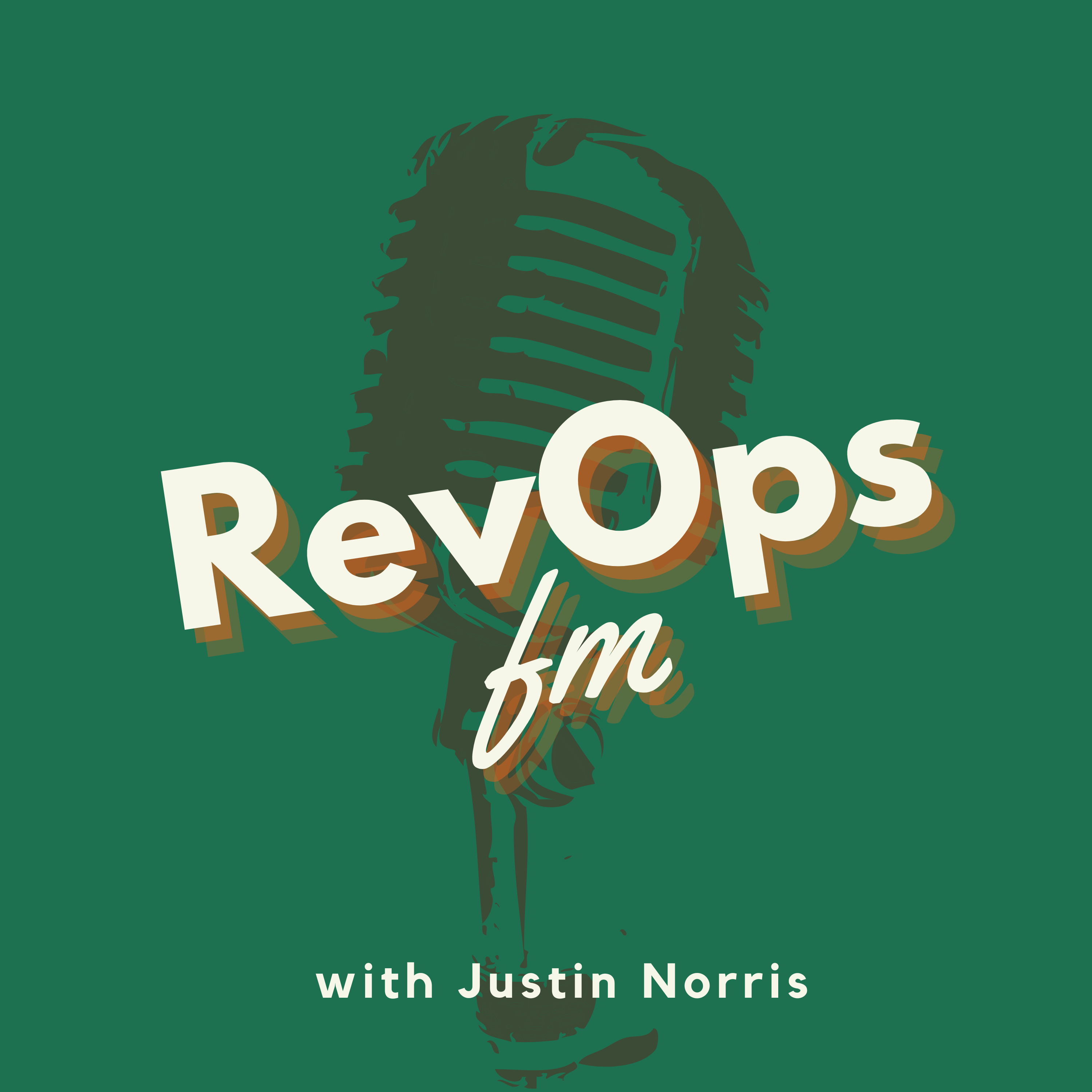How to Create a Knowledge Base
Note: I've also shared a full video version of this episode, where you can see me screen share everything I'm describing. You can find it here:
Documentation Episode - Full Video
I’m incredibly (absurdly? ridiculously?) enthusiastic about documentation.
Part of that is just my personality, but it’s also because I’ve seen what a game-changer good documentation can be.
This first hit home when I started consulting. It was incredibly stressful (in the very early days) to work on poorly documented projects. They were filled with assumptions, misunderstandings, client disappointment, and re-work.
We quickly improved our documentation game, and it was transformative. We now had a clear source of truth for what each project should be, approved by the client before we started building. It also created space to think things through in more detail.
However, each doc existed in isolation. We never had the mandate or scope to create a complete knowledge base for any one client.
Creating the Knowledge Base of My Dreams
When I started my next in-house job and we began a company-wide Confluence implementation, I finally had the chance to go beyond disconnected documentation and build a true RevOps knowledge base.
This video shares everything I’ve learned, including a screen-share walk-through of my team’s knowledge base and tips for overcoming the time deficit that every team faces when trying to create docs.
Learn More
Visit the RevOps FM Substack for our weekly newsletter:
Thanks to Our Sponsor
Many thanks to the sponsor of this episode - Knak.
If you don't know them (you should), Knak is an amazing email and landing page builder that integrates directly with your marketing automation platform.
You set the brand guidelines and then give your users a building experience that’s slick, modern and beautiful. When they’re done, everything goes to your MAP at the push of a button.
What's more, it supports global teams, approval workflows, and it’s got your integrations. Click the link below to get a special offer just for my listeners.
Transcript
For many revenue operations teams, documentation is like
2
:a guilty skeleton hiding in the closet.
3
:We all know when something
isn't well-documented - oh,
4
:we know it all too well.
5
:But in a world filled with fire-fighting,
bug-chasing, and 37 top priority campaigns
6
:with last minute deadlines, finding
the time and mental clarity to document
7
:stuff seems like a distant priority.
8
:And so all the undocumented things
remain, put off again for another day...
9
:Well, listen, I can't find you more
time in the day but I do know that
10
:documentation becomes way easier
when you have two things established.
11
:Number one, a clear knowledge
base where documentation can live.
12
:Number two, you need a process
that removes friction from creating
13
:documentation, making it easier to get it
done in the flow of work, so it doesn't
14
:end up permanently in the backlog.
15
:I don't claim to have everything
figured out, but I wanted to
16
:show you how we do it on my team.
17
:The first thing is you need some platform
for the knowledge base to live in.
18
:We use Confluence, and I like it a lot.
19
:It's easy to create pages, keep
them consistent and organized, to
20
:track version history, collaborate,
control access, and so on.
21
:But there are other tools out
there that will do similar things.
22
:Fundamentally, I think you just
need something that gives you
23
:the ability to easily create
these webpages and organize them.
24
:This means that you don't want to
use disconnected Google docs that
25
:are hard to navigate and reference.
26
:Don't get me wrong.
27
:Docs are great for building.
28
:I just don't think that it scales
in creating an interconnected
29
:and evergreen body of knowledge.
30
:This is our marketing ops
homepage in confluence.
31
:It gives an overview of our
team and some quick links.
32
:And underneath you can find all our
docs - about 100 pages and counting.
33
:One of these is our documentation
guide, which is basically the
34
:documentation for our documentation.
35
:So I'm going to look at that as it
helps explain how everything works.
36
:One of the main distinctions
we make is between our system
37
:of knowledge - Confluence - and
our system of work - Trello.
38
:The docs we put in the knowledge base
should be evergreen and a reference.
39
:The ongoing work and communication takes
place in our project management system.
40
:This keeps the evergreen
docs clean and easy to read.
41
:So let's say you have a tool and you're
ready to create a knowledge base.
42
:Where do you start?
43
:Well, I think it's super important to
have a clear information architecture.
44
:This architecture defines the
different types of docs you have and
45
:creates an order and structure that's
easy to navigate and to build in.
46
:Our docs are structured
into five main sections.
47
:About Us is primarily for
other teams at the company.
48
:It gives a general guide for how we work
and links to important info like our OKRs.
49
:Next we have Process Docs which explain
how we execute our marketing ops
50
:internal or cross-functional processes.
51
:How do we know what to make a process for?
52
:I say that any repeated activity
needs a process, and any process
53
:should be documented here.
54
:For example, here's a doc for our trade
show list upload and follow-up process.
55
:We have the process itself defined in
Google slides embedded on the page.
56
:That's okay.
57
:The main thing is that the
knowledge base provides context
58
:and easy way to access it.
59
:Our tools and platform docs are a
catalog of all the tools in our stack.
60
:We don't go deep into systems
architecture or enablement here.
61
:It's just a simple page that specifies
what the tool is, the MOPS owner,
62
:the vendor points of contact, and
how to log in or provision users.
63
:This gives a lot of
clarity around questions.
64
:Like, do we use tool XYZ?
65
:Or what tool do we have for ABC use case?
66
:Stuff like that.
67
:Enablement docs are mainly focused
on users outside of marketing ops.
68
:These are our "how to" docs.
69
:We mainly have these organized by tool.
70
:So, for example, in the Marketo section,
we have guides and training on our
71
:email templates, how to localize our
headers and footers for our different
72
:markets, how to build smart lists
to create an audience, and so forth.
73
:I think of these docs as answers
to frequently asked questions.
74
:Creating these will have a very high
ROI when you can answer questions by
75
:sharing a link to your docs, instead of
repeating the same answer multiple times.
76
:And let's face it, we don't have
everything memorized either.
77
:So these docs are also
valuable for operators.
78
:I refer to my own docs constantly.
79
:Lastly, we have system docs.
80
:These are documents for significant
operational systems that our
81
:team builds and supports.
82
:For example, our lead flow,
lead life cycle, routing, email
83
:preference center, and so on.
84
:It's important to note that these
systems can involve multiple platforms.
85
:For example, our lead routing system
involves Marketo Salesforce, our routing
86
:tool, Distribution Engine, multiple
enrichment providers, and so on.
87
:These are essentially internal
products that deliver specific
88
:functionality to the business.
89
:Let's look at our lead routing docs.
90
:These systems can be really complicated.
91
:So it's important to break up the docs to
create bit-sized pieces of knowledge that
92
:can be accessible to different audiences.
93
:Here, we start with some general
information about why routing
94
:is important and a high level
overview of a leads journey.
95
:Then we have dedicated pages
that are sources of truth for
96
:core business definitions.
97
:For example, our geographical
territories are different
98
:routing scenarios or our SLAs.
99
:By separating this knowledge out, it
makes it really easy to send a page
100
:about our territory definitions to a
business user without making them go
101
:through a bunch of technical detail
that they just aren't interested in.
102
:But those technical
details are very important.
103
:The litmus test we use for documentation
is: if our entire team disappeared
104
:tomorrow and had to be replaced, would
the new team be able to take over
105
:seamlessly and know how everything works?
106
:This sets a pretty high standard, but it's
really important to have that clarity.
107
:Otherwise systems become
impossible to manage and scale.
108
:We forget why we have things set up in
certain ways, and it creates a lot more
109
:risk of stepping on rakes by making
changes and accidentally breaking things.
110
:So the technical details cover all the
system design and configuration elements.
111
:These pages are geared towards technical
users and other ops professionals.
112
:In writing the documentation itself,
aim for clear and simple language and
113
:an organized and appealing layout.
114
:This makes it easy to
understand and to maintain.
115
:Formatting is super important here.
116
:Things like headings, bulleted
lists, data tables, or embedding
117
:a spreadsheet where you have more
rules than can clearly fit on a page.
118
:I just want to close now with some
information about the process for
119
:creating documentation and how to
remove friction and make it easier.
120
:First of all, don't let yourself
get overwhelmed if you're deep in
121
:documentation debt, meaning you've got
a lot of stuff that's undocumented.
122
:Docs are never finished
and are always changing.
123
:Get your structure in place
and then just start somewhere.
124
:Also make sure you don't let the
desire for perfect documentation be
125
:a blocker for creating something.
126
:Get a starting point in place that
captures the basics and then you can
127
:always go back and improve on it.
128
:The other main blocker for creating
documentation is finding time,
129
:but that gets a lot easier if you
can create docs in the flow of
130
:work that you'll already be doing.
131
:For example, if someone asks a question
and that knowledge is important,
132
:probably takes only a few minutes
longer to create a doc versus simply
133
:writing an email or a Slack message.
134
:So invest the extra few minutes
each time, and your knowledge
135
:base is going to grow quickly.
136
:Another key factor is to make the
documentation part of the design and
137
:enablement stages for any new initiatives.
138
:This means you document as you
go, or very soon after you build
139
:something, and don't consider a project
complete, unless it's documented.
140
:You can also be opportunistic
with documenting legacy systems.
141
:Let's say, you need to make
a change in your lead scoring
142
:model and want to document it.
143
:While you're in that head space,
you can also document the model as a
144
:whole because the big picture is clear
and sharp for you at that moment.
145
:Lastly, if there are some important
docs that just need to be tackled, you
146
:can organize a documentation blitz with
your team to make sure it gets done.
147
:Just like a call blitz and a sales team,
this is a time where everyone can block
148
:an hour or two on their calendar, pick
an important topic, and just go for it.
149
:This creates momentum and
accountability, and you'll find
150
:a lot gets done in a short time.
151
:One final note: documentation shouldn't
live only in your knowledge base.
152
:Sometimes the most valuable documentation
exists inside the platforms themselves
153
:where users are already working.
154
:I think as a general policy
system description should always
155
:be populated with a brief note.
156
:That adds context and
clarity for the user.
157
:You can then add a link to either a
task request or a more substantive
158
:documentation for the user to learn more.
159
:These description fields are also a great
place for change logs that help note
160
:significant updates that have been made.
161
:Well, I think you can see that I'm
probably unusually passionate about
162
:documentation and knowledge management.
163
:But whether you love
it or find it a chore,
164
:the key thing to remember is that
a knowledge base is not a luxury
165
:or just a matter of hygiene.
166
:It's mission critical.
167
:You simply can't grow an ops team
based on tribal knowledge . It's going
168
:to lead to chaos and frustration.
169
:It's also an unacceptable risk for
any growth stage business to rely
170
:on knowledge in someone's head
just "being there" when needed.
171
:So when in doubt, write it down.
172
:Thanks for listening.




